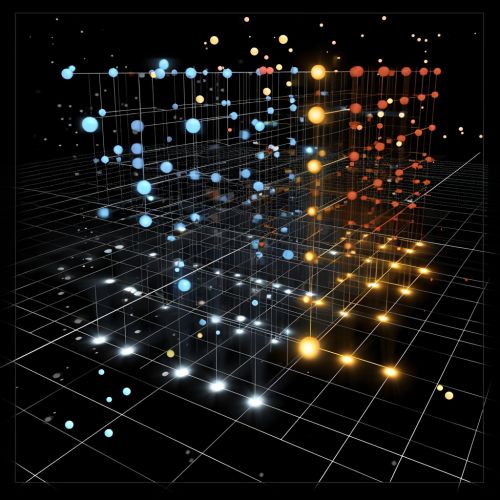Laplace expansion
Introduction
Laplace expansion, also known as expansion by minors, is a method of computing the determinant of a matrix. Named after Pierre-Simon Laplace, a French mathematician, this method is fundamental in linear algebra and has applications in various fields such as physics, computer science, and engineering.


Definition
The Laplace expansion is defined for a square matrix. Given an n x n matrix A, the determinant of A can be computed by expanding it along any row or column. The expansion involves the elements of the chosen row or column, their corresponding minors, and their cofactors.
Mathematical Formulation
The mathematical formulation of Laplace expansion is given by the following formula:
- det(A) = Σ aij Cij for any i or j
where:
- det(A) is the determinant of matrix A,
- aij is the element of A at the ith row and jth column,
- Cij is the cofactor of aij, and
- the summation Σ is taken over all elements of a chosen row or column.
Minors and Cofactors
The minor of an element aij of a matrix A is the determinant of the submatrix that remains after the ith row and jth column are deleted from A. It is denoted by Mij.
The cofactor of aij is given by Cij = (-1)i+j Mij. The sign factor (-1)i+j creates a checkerboard pattern of plus and minus signs, known as the cofactor matrix.
Laplace Expansion Algorithm
The Laplace expansion can be implemented as a recursive algorithm. The base case for the recursion is a 1 x 1 matrix, where the determinant is the single element in the matrix. For a matrix of size greater than 1 x 1, the determinant is computed by expanding the matrix along a row or column using the Laplace expansion formula.
Applications
Laplace expansion is used in various fields for solving systems of linear equations, computing matrix inverses, and determining the rank of a matrix. In physics, it is used to solve problems in quantum mechanics and electrodynamics. In computer science, it is used in graphics and machine learning algorithms.
